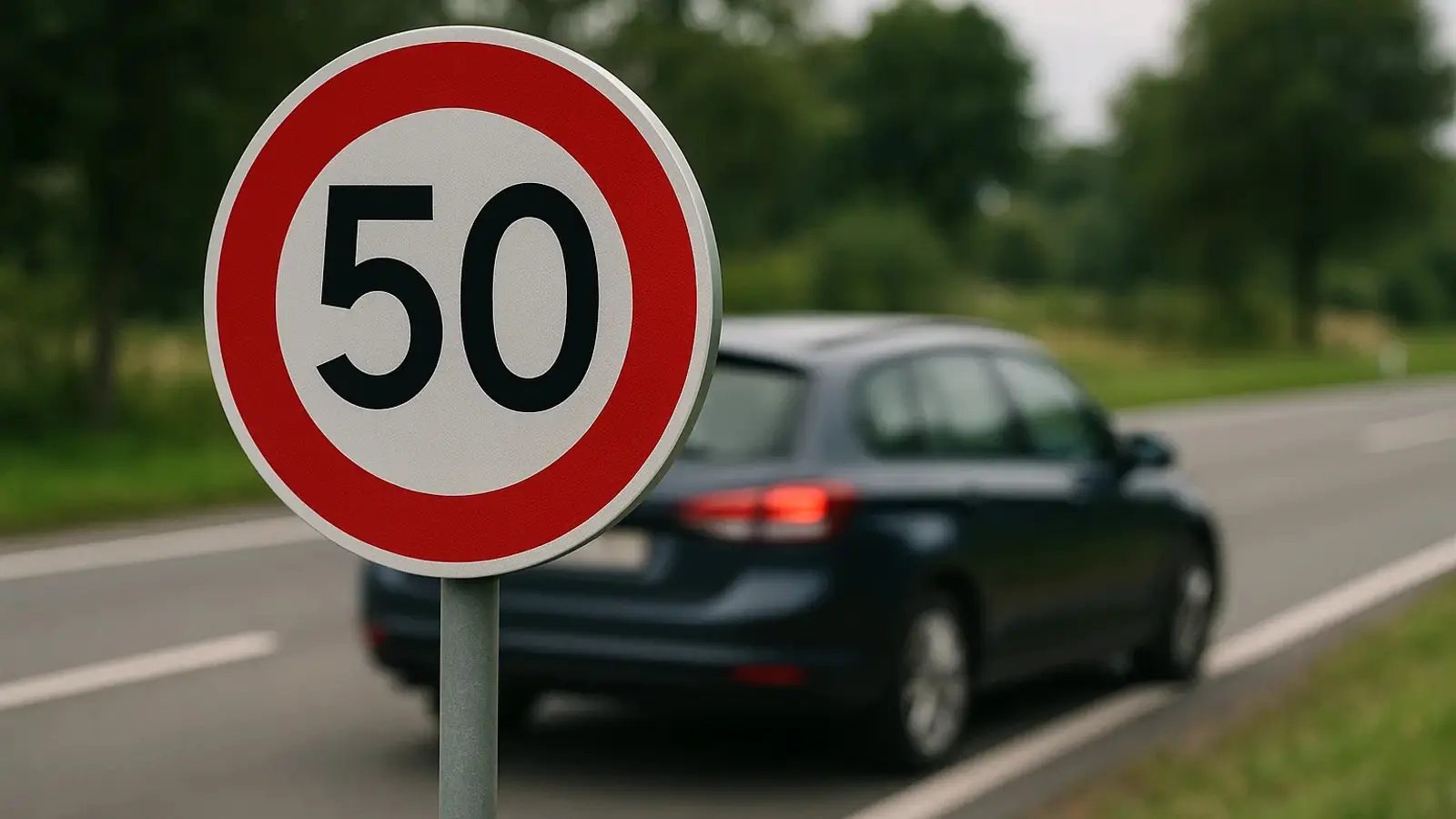Articles
Global Speed Limits and New EU ISA Regulation 2024

Explore global speed limits and how EU's mandatory ISA system, effective July 2024, is reshaping driving rules and safety standards across Europe.
Speed limits aren’t just numbers on roadside signs — they reflect how different societies balance safety, freedom, and responsibility. Across the world, maximum speeds vary wildly, shaped by local infrastructure, policy, and public sentiment.
What is a speed limit and why does it matter?
At its core, a speed limit is a legal cap on how fast vehicles can travel on specific roads. But its purpose extends far beyond regulation. According to the U.S. Department of Transportation and WHO, reducing speed can dramatically cut accident rates. A 10 km/h difference might determine whether a pedestrian survives a collision. Lower speeds also smooth traffic flow, reduce fuel use, and curb emissions.
Europe's bold move: ISA becomes mandatory
From July 2024, all newly registered cars in the EU and Northern Ireland must be fitted with ISA — Intelligent Speed Assistance. This system detects the road’s speed limit and automatically adjusts vehicle speed. It can’t be turned off permanently — only paused temporarily. While some drivers find this frustrating, safety advocates argue it will save lives. The European Commission backs the move with years of studies and UN recommendations.
Speed limits worldwide: no one-size-fits-all
Germany still allows speed-unrestricted sections on its autobahns, although 130 km/h is the advised ceiling. Japan permits speeds up to 120 on expressways, but sticks to 40–50 in cities. The U.S. is a patchwork: urban limits range from 25–35 mph, highways can reach 85 mph in Texas. New Zealand has adjusted its policies to allow 110 km/h on select roads. Indonesia deploys speed cameras extensively, while Malaysia lowers limits in high-risk areas.
All of these updates stem from 2023–2024 data and are confirmed by reliable sources including Geoapify, Worlddata.info, and official government transport sites.
Looking ahead
Some countries are pushing the boundary. Czechia is debating 150 km/h on specific motorways. Simultaneously, urban areas across Europe are embracing 30 km/h zones to protect pedestrians and cyclists. These shifts reflect a broader global trend — prioritizing safety and sustainability over sheer speed.
Ultimately, speed limits aren’t just about controlling vehicles. They’re about guiding the kind of mobility societies want to embrace. And in the years ahead, these numbers may change more often than we think.
2025, Jul 15 23:20


